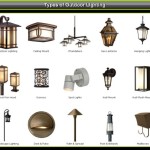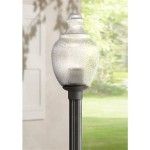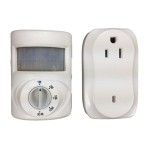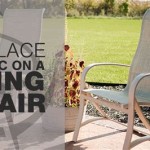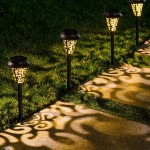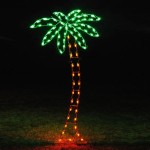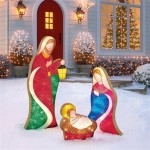How To Use Light Reflectors In Outdoor Photography
Light reflectors play a crucial role in controlling and shaping light when capturing outdoor photographs. These versatile tools can enhance the quality of your images by reflecting and diffusing natural light, creating more flattering and visually appealing results. Here are the essential aspects of using light reflectors to elevate your outdoor photography:
Types of Reflectors
There are two main types of light reflectors: white and gold/silver. White reflectors provide a neutral tone that evenly reflects light, while gold/silver reflectors add warmth or coolness to the reflected light. Choose the appropriate reflector based on the desired effect and the color temperature of the ambient light.
Positioning the Reflector
The positioning of the reflector is crucial. Place it opposite the light source, facing the subject, to reflect light back onto the subject's face or body. Adjust the angle and distance of the reflector to control the intensity and spread of the reflected light.
Controlling Shadows
Reflectors can effectively reduce harsh shadows by filling in the areas of the subject that are not receiving direct light. This helps create more balanced and even lighting, enhancing the overall look of the image.
Creating Highlights
By placing the reflector higher than the subject, you can create flattering highlights on the hair, eyes, or other areas of interest. This technique adds depth and dimension to the image, drawing attention to specific features.
Diffusing Sunlight
On sunny days, a diffuser can be used to soften the intense sunlight and create a more flattering light quality. Place the diffuser between the light source and the subject to scatter the light, reducing contrast and harsh shadows.
Balancing Color Temperature
If the natural light source has an undesirable color temperature, such as a cold blue cast, a gold reflector can be used to warm up the reflected light and balance the colors in the image.
Additional Tips
Here are some additional tips for using light reflectors effectively:
- Experiment with different reflector sizes to achieve different lighting effects.
- Use multiple reflectors to create more complex lighting setups.
- Be patient and take time to adjust the reflector's position until you achieve the desired results.
- Use reflectors not only for portraits but also for landscape, product, and other types of photography.
By incorporating light reflectors into your outdoor photography workflow, you can transform your images by controlling and shaping light in a way that enhances their quality, visual appeal, and overall impact.

A Guide To Using Reflectors And Diffusers In Photography 42west

How To Use A Photography Reflector Enhance Your Photos 2024 Update

Reflector Photography How To Use A For Stunning Portraits

How To Use Reflectors In Photography 12 Tips

Reflector Photography How To Use A For Stunning Portraits

How To Use A Reflector On Cloudy Day

Reflector Photography How To Use A For Stunning Portraits

How To Use A Reflector

Reflector My Secret Weapon In Portrait Photography Oded Wagenstein

How To Use A Reflector Upskillist Blog
Related Posts
